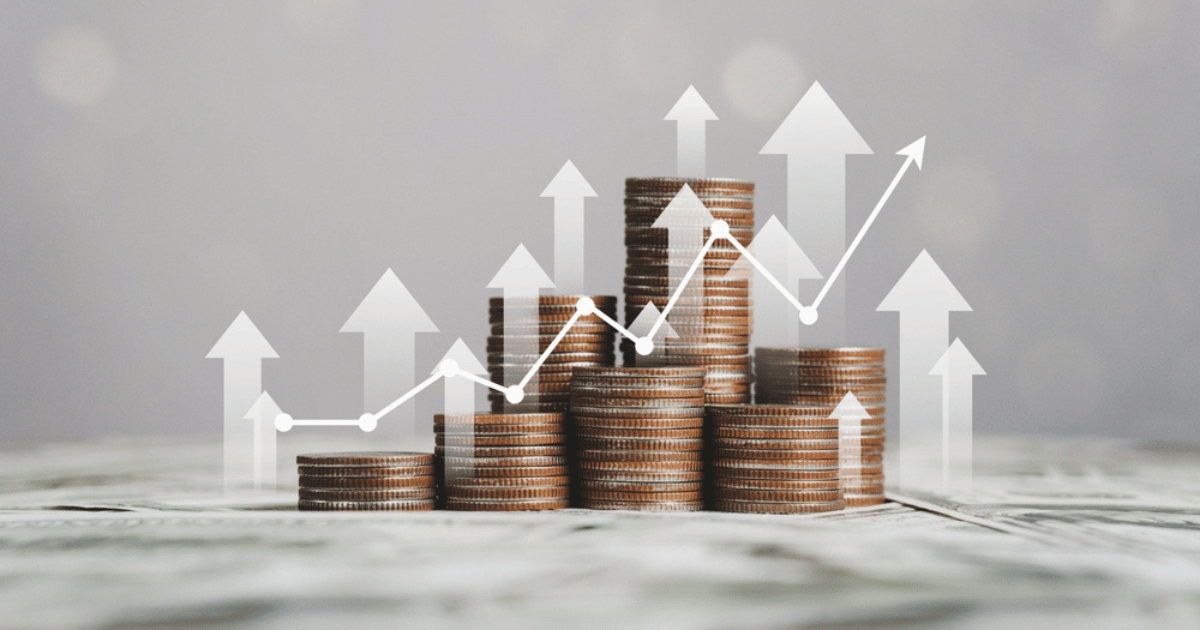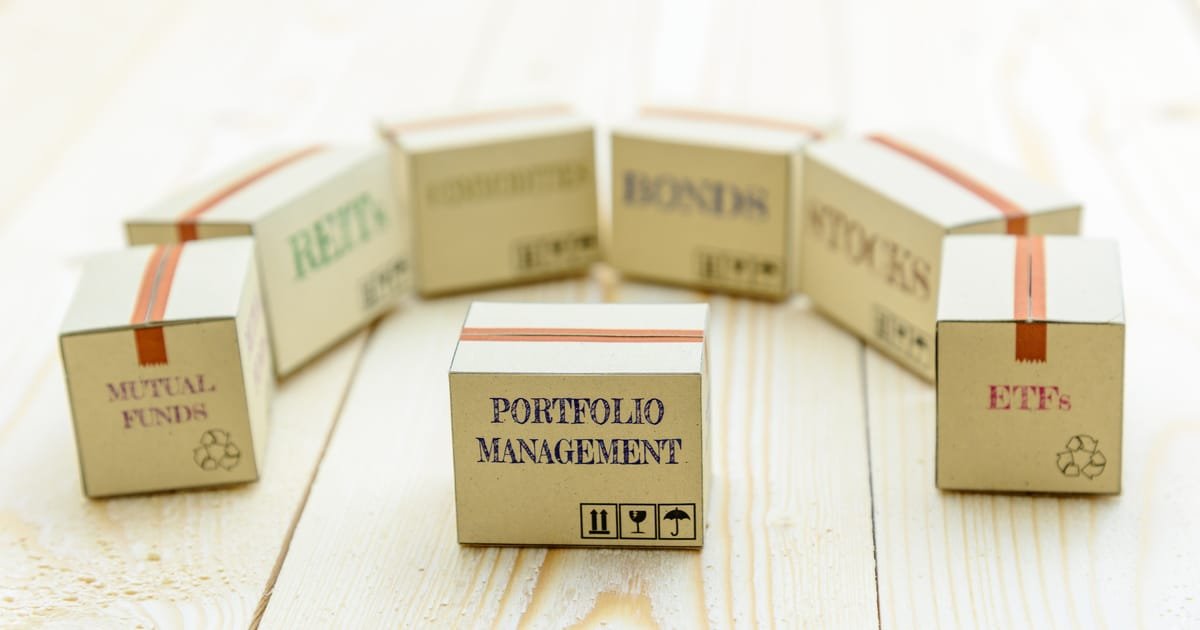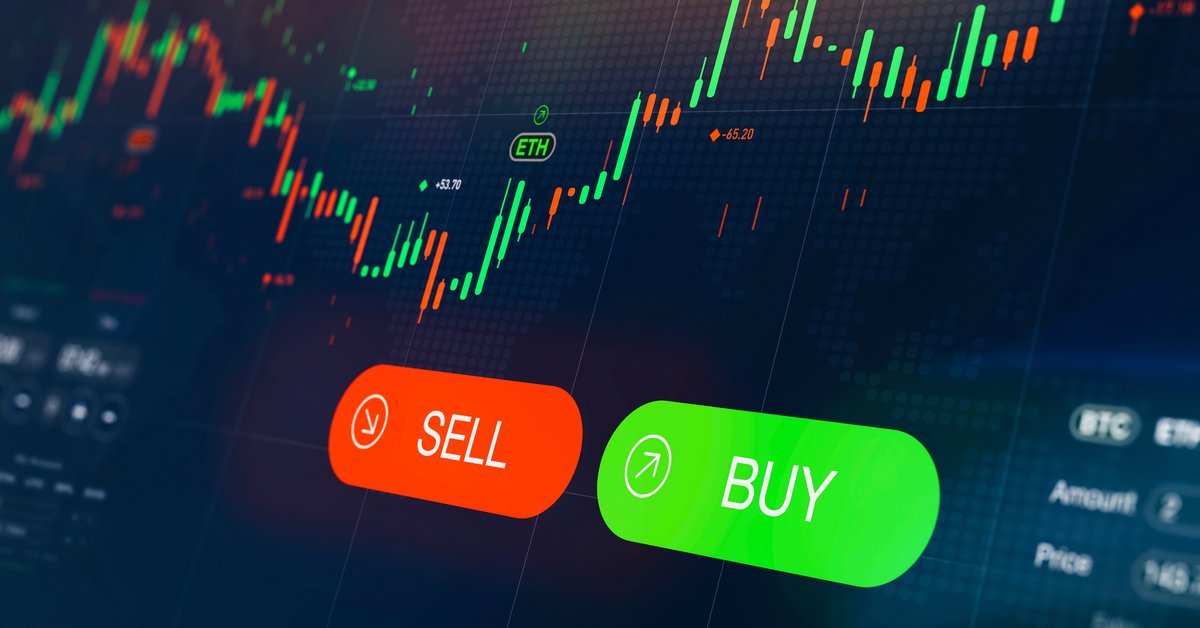The 10 Best Low-Risk Investments

Investing can be risky.
Risky investments sometimes lead to big profits, but many people end up losing a lot of money.
However, many low-risk investment options can help you grow your savings slowly but safely.
At the very least, they are much better than leaving your money sitting in an account with no interest.
Here are ten safe and low-risk investment options to consider.
1. High-yield savings accounts
A high-yield savings account is the safest investment you can find that still offers a modest return.
A savings account is basically just like a bank account, except with a higher interest rate. Many banks and financial institutions offer these types of accounts.
The best thing about a high-yield savings account is that the risk is practically zero since the deposit is insured by the government (up to $250,000 in the U.S.).
You can compare online savings accounts on Raisin, many of which are paying > 5% interest rates. That's about as good as it gets for an investment with no risk these days.
Your bank may also have some options for you that are better than letting your money get eaten away by inflation in a checking account. Try calling them today and asking if they offer a savings account with a decent interest rate.
2. Certificates of deposit
A certificate of deposit (CD) functions like a high-yield savings account in many ways, except your money is "locked in" for a specific length of time.
With a CD, the bank pays you a guaranteed interest rate in exchange for keeping your money in the account the entire time.
Certificates of deposit tend to be categorized based on the length of time that your money is locked in for:
- 3-Month CD
- 6-Month CD
- 12-Month CD
- 18-Month CD
- 24-month CD
Usually, the longer you are willing to keep your money in there, the higher the interest rate will be.
If you want to invest in a CD, you should start by calling your bank to ask if they have CD accounts and what rates they offer.
If you have a stock brokerage account, you may also be able to invest in a CD through them. TD Ameritrade is a stock broker that allows you to invest directly in CDs from different providers. You can also find CDs on Raisin.
As with savings accounts, deposits into CDs are insured by the government, so they have practically no risk.
But if you withdraw your money early, you may get a penalty. You will lose some of your returns and may even have to pay an additional fee.
So, make sure to read the rules carefully before deciding to invest in a CD and be completely sure that you won't need to withdraw your money early.
3. Paying off debts
As of August 2023, the average interest rate on U.S. credit cards with balances that assessed interest was 22.77%, according to data collected by the Federal Reserve.
So, if you have debt that you are paying back at a high interest rate, then it makes very little sense to be putting your money in a low-yield investment for the purpose of saving.
You will get a much higher return by using that money to pay off the high-interest debt.
If you have debt, you should ask your bank about refinancing options. This could potentially save you a lot of money each month.
4. Money market funds
Money market funds are mutual funds that invest in short-term debt, such as short-term bonds, treasury bills, and others.
These types of funds offer great liquidity because you can usually withdraw your money at any time without getting any sort of penalty like you do with CDs.
You can often place your money in a money-market account through your bank, but you can also buy into money-market funds via most stock broker accounts.
Money market funds are sold for $1 per share, which is equal to their net asset value. So, with a $1,000 investment, you would get 1,000 shares of the mutual fund.
Later, you will be able to sell it again for the fixed price of $1 per share, but you get paid a percentage interest rate in the meantime.
One of the most popular money market funds in the U.S. is the Vanguard Prime Money Market Fund, with the ticker symbol VMMXX. You can check out the yield here.
5. Treasuries (government bonds)
It is possible to buy bonds issued by the U.S. government.
U.S. government bonds are called Treasuries, and they are considered to be the safest bonds in existence.
Bonds are basically like loans. When you buy a bond, you are effectively lending money to someone and collecting regular interest payments.
In exchange for lending the money, you get a fixed interest payment. Then you get paid back the full principal amount of the bond when it expires.
For example, if you buy a 5-year, $1,000 bond with a 2% interest rate, you will get $20 per year in interest for five years. When the five-year period is over, then you will be paid back the full $1,000.
Treasuries have many different term lengths, ranging from 1 month to 30 years. The longer the term length, the higher the yield.
However, keep in mind that the longer the duration of a bond, the higher the risk.
Yet while the risk of the U.S. government defaulting is extremely low, all long-term bonds carry risks. The bonds can drop significantly in value if inflation goes up or if the Federal Reserve raises interest rates.
But if you want to invest in U.S. treasuries, you can buy them directly through Treasury Direct, which is operated by the U.S. government. You may also be able to buy treasuries through your bank or brokerage account.
Treasury bills rank first on our list of the best compound interest investments.
6. Short-term bond ETFs
Bonds are generally considered to be much less risky than stocks.
However, this is not always true — some bonds can be risky, and many stocks can be considered safe.
One of the main factors that determine the risk of bonds is the duration. Bonds that mature after a short amount of time, such as under one year, are much less risky than longer-term bonds.
It is best to buy only "investment-grade" bonds. These are bonds sold by entities that have a very low risk of being unable to pay their debts.
The easiest way to make a diversified, low-risk investment in bonds is to buy a short-term bond ETF. A bond ETF holds an index or collection of different bonds.
Here are some short-term bond ETFs to look into:
- iShares Short Treasury ETF (SHV): U.S. Treasuries with maturities of up to one year.
- iShares 1-3 Year Treasury Bond ETF (SHY): U.S. Treasuries that mature in 1–3 years.
- Vanguard Short-Term Bond ETF (BSV): U.S. government bonds and some investment-grade corporate bonds that mature in 1–5 years.
- Vanguard Short-Term Corporate Bond ETF (VCSH): Investment-grade corporate bonds that mature in 1–5 years.
You can buy an ETF through a stock brokerage account. Unlike mutual funds, ETFs can be bought and sold just like stocks.
7. Treasury inflation-protected securities
Treasury inflation-protected securities (TIPS) are U.S. government bonds that are protected against inflation.
Inflation is a measure of the rate at which the prices of goods and services increase over time. If the inflation rate is 1%, it means that prices are going up by 1% per year.
If your investments have a lower percentage yield than the inflation rate, your money will be losing purchasing power over time. This can be true even if the amount of dollars you own goes up.
With TIPS, the values of the bonds go up along with the inflation rate. But the interest rate will also be much lower than on a regular bond.
By investing in TIPS, you are guaranteed not to lose purchasing power due to inflation. If you are concerned about inflation going up in the future, TIPS are one of the safest investments you can get.
Just like other treasuries, you can invest in TIPS directly through TreasuryDirect.
You can also buy TIPS through ETFs like TIP (from iShares) or VTIP (from Vanguard).
8. Real estate
Many people have become wealthy by investing in real estate.
It is also one of the safest places to invest your money for the long term because real estate prices have historically almost always gone up over time.
If you have a lot of cash to invest, then buying real estate and renting it out is a good way to get regular income from your investment. You might also be able to sell the property at a higher price after a few years.
Of course, real estate investing can come with a lot of paperwork, maintenance, and administrative work. So, make sure you have the knowledge and time to do it properly.
9. Gold
If you are concerned about inflation, a small investment in gold may be worth considering.
Gold has remained valuable throughout the centuries. When inflation goes up, or even is just expected to rise, gold prices have usually risen alongside it.
Don't put a big percentage of your portfolio into gold though, because it can also go down significantly and stay down for many years at a time.
However, many sophisticated investors, like Ray Dalio, recommend having about 5–10% of a portfolio in gold to hedge against inflation.
Some people buy physical gold, but you can also get it through ETFs like GLD.
It's important to keep in mind that gold does not produce anything and it does not pay interest. It is a speculative investment and will probably perform poorly if inflation does not go up.
From the perspective of being protected against inflation, gold is considered a very "safe" long-term investment by many investors. But it's definitely not for everyone.
10. Stocks and stock ETFs
If you're only holding for the short- or medium-term, then stocks and stock ETFs are incredibly risky. They can go down by 30–50%, and sometimes even more.
But the longer you hold stocks, the more likely you are to make good profits.
That's because the stock market has almost always gone up significantly over the long term.
In addition, you can collect regular dividend payments if you hold stocks or ETFs that pay a dividend.
If you are investing for ten years or longer, you might consider putting some of your money in a diversified portfolio of stocks or stock ETFs.
For example, investing in the S&P 500 Index is particularly popular and has provided excellent returns, historically.
However, keep in mind that stock prices sometimes decline significantly, even 50–60% in extreme cases. You need to have a certain amount of mental strength in order to tolerate the price volatility.
You can reduce the volatility by investing in a balanced portfolio of 60% stocks and 40% bonds, which is known as a 60/40 portfolio. This has historically been much less volatile than a 100% stock portfolio, but with almost as good returns.
Without at least some risk, there is going to be very little reward. Although stocks are extremely risky in the short term, they have historically been a relatively safe investment when held for 10 years or more.





